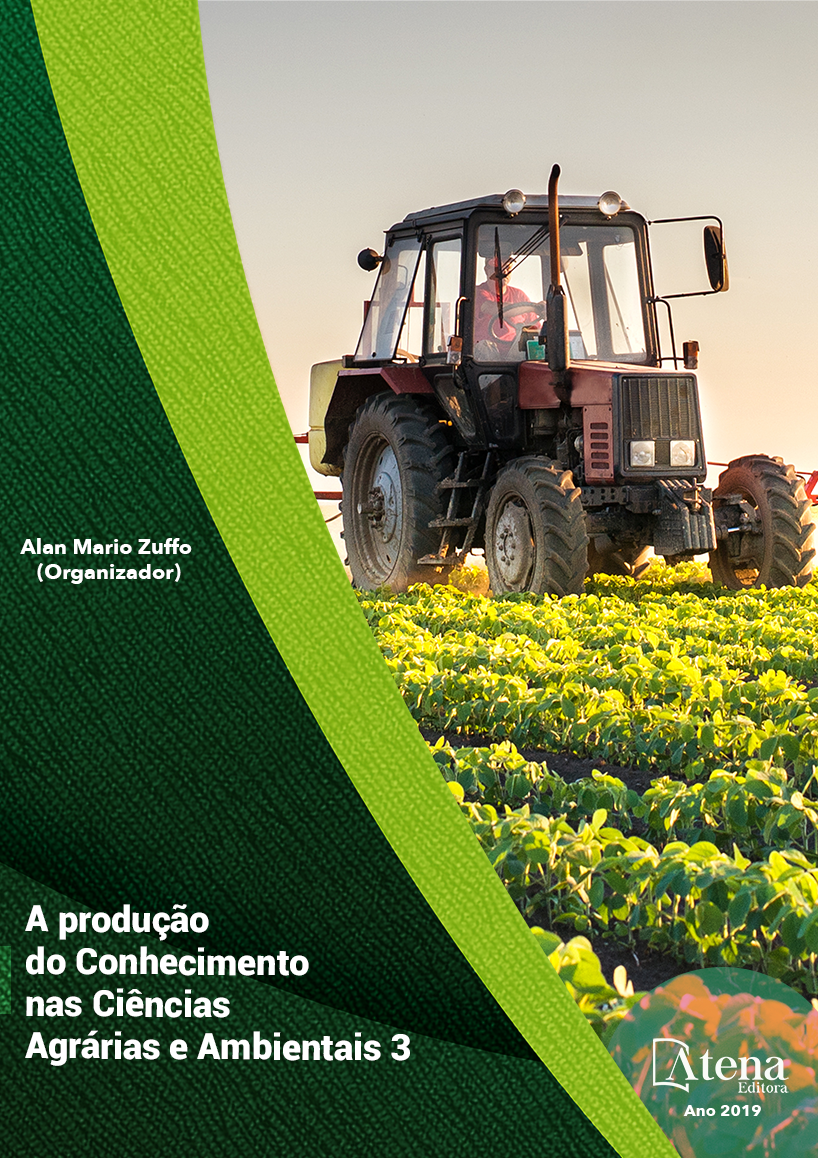
GENÔMICA COMO FERRAMENTA PARA GESTÃO PESQUEIRA?
Com o passar dos anos, observouse
uma diminuição da quantidade de peixes
desembarcados, assim como o tamanho médio
dos exemplares. Há um consenso entre os
cientístas pesqueiros de que a sobre-pesca está
prejudicando os estoques de peixes, e a retirada
constante dos animais maiores da população,
acaba afetando a composição genética do
estoque. As variações ambientais e a pressão
de pesca, desencadeia variações ao nível do
genoma, e por este motivo torna-se necessário
conhecer a fundo as características biológicas,
ecológicas e genéticas de cada espécie de
peixe. Os marcadores microssatélites são
importantes ferramentas para a detecção destas
variações por serem altamente polimórficos. A variabilidade ou diversidade genética é
a variedade de alelos e genótipos presente no grupo sob estudo, e constitui a força que
dá às populações capacidade de suportar pressões ambientais, diminuindo o risco de
extinção. Quanto maior o repertório de alelos diferentes em uma população maior será
as chances dos indivíduos sobreviverem às variações ambientais. Com as contínuas
intervenções do homem sobre os ambientes aquáticos torna-se cada vez mais urgente
a necessidade de se investigar a situação da distribuição genética das populações,
dentro e entre lagoas. A partir dos resultados destes estudos, será possível ter uma
melhor elucidação a respeito da estruturação genético-populacional de espécies, e
assim gerar subsídios para o desenvolvimento de projetos de conservação e manejo,
contribuindo na administração e legislação de pesca, pois levam a geração de critérios
de manejo das unidades de estoques que visam a conservação em longo prazo dos
recursos pesqueiros naturais.
GENÔMICA COMO FERRAMENTA PARA GESTÃO PESQUEIRA?
-
DOI: 10.22533/at.ed.86919260419
-
Palavras-chave: genética, gestão, marcadores microssatélites, peixe, pesca.
-
Keywords: genetics, management, microsatellite markers, fish, fishing.
-
Abstract:
Over the years, there was a decrease in the number of fish landed, as
well as the average size of the specimens. There is a consensus among fishermen
that overfishing is damaging fish stocks, and the constant withdrawal of larger animals
from the population ends up affecting the genetic makeup of the stock. Environmental
variations and fishing pressure trigger variations at the genome level, and for this
reason it becomes necessary to know in depth the biological, ecological and genetic
characteristics of each species of fish. Microsatellite markers are important tools for
detecting these variations because they are highly polymorphic. The variability or
genetic diversity is the variety of alleles and genotypes present in the study group,
and it is the force that gives the population the capacity to withstand environmental
pressures, reducing the risk of extinction. The greater the repertoire of different alleles in
a larger population will be the chances of individuals surviving environmental variations.
With man’s continuous interventions on aquatic environments, it becomes increasingly
urgent to investigate the genetic distribution of populations within and between ponds.
From the results of these studies, it will be possible to have a better elucidation
regarding the genetic-population structuring of species, and thus generate subsidies
for the development of conservation and management projects, contributing in the
administration and fishing legislation, as they lead to the generation of management
criteria of stock units that aim at the long-term conservation of natural fishery resources
-
Número de páginas: 15
- Juvêncio Luis Osório Fernandes Pouey
- Rafael Aldrighi Tavares
- Carla Giovane Ávila Moreira
- Heden Luiz Maques Moreira
- Luana Lemes Mendes
- Deivid Luan Roloff Retzlaff
- Paulo Leonardo Silva Oliveira
- Rodrigo Ribeiro Bezerra De Oliveira
- Welinton Schrӧder Reinke
- Suzane Fonseca Freitas
- Daiane Machado Souza


